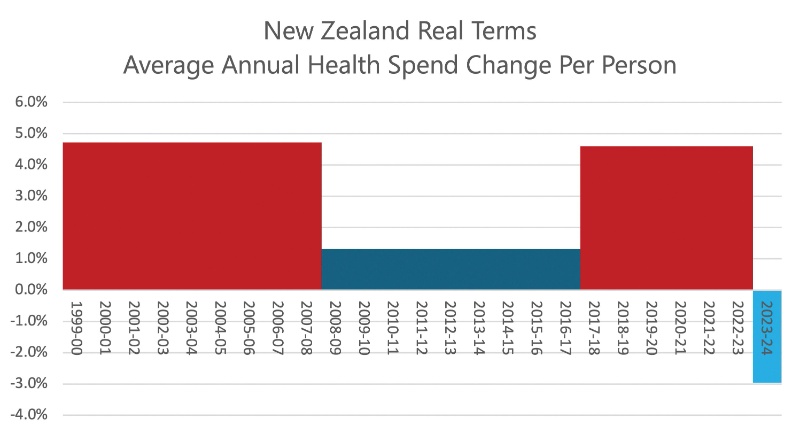Pest Sea Squirt Found At Marsden Cove
Media release
www.nrc.govt.nz
Number of pages: 02
Date: 09 May,
2008
Pest Sea Squirt Found At Marsden Cove
A ‘relatively abundant’ infestation of the unwanted marine sea squirt ‘Styela clava’ has been discovered during a routine sweep of the new Marsden Cove Marina by a dive team contracted to Biosecurity New Zealand.
Biosecurity New Zealand (MAFBNZ) advised the Northland Regional Council yesterday that about 40 Styela clava (or clubbed tunicate sea squirt) had been found during the 29 April survey, part of its national marine surveillance programme.
The marine pest - widely established in Auckland’s Hauraki Gulf – poses a threat to New Zealand’s aquaculture industry due to its ability to blanket oyster and mussel lines, suffocate growing shellfish and compete for food and space. Previous Styela finds in Northland have included Tutukaka and Opua but not Marsden Cove, a private marina near Marsden Pt.
Don McKenzie, Biosecurity Team Leader for the Regional Council says according to MAFBNZ the sea squirt appears to be ‘relatively abundant’ at Marsden Cove.
“They advise that about 40 sea squirt were seen during a roughly 60-metre swim around pontoons and on six out of 10 piles inspected at another site, mainly on the floating rings that allow the pontoons to ride up and down the piles with the tide.”
He says the Regional Council has raised the issue of the delayed notification of the find with Biosecurity NZ and is keen to investigate removal of the sea squirt as soon as possible before it can spread any further. Urgent Regional Council investigations into how that might be achieved – and the likely costs - are underway.
“Biosecurity NZ has already advised it will not help fund Styela eradication, although it is prepared to help train commercial divers to identify Styela and other marine pests in Northland as part of building education and awareness.”
Mr McKenzie says MAFBNZ had also offered to advise the Regional Council on a survey to define the extent of the sea squirt’s spread at Marsden Cove.
He says the NRC has advised Marsden Cove’s marina manager of the discovery and is urging boaties entering or leaving Northland waters to take steps to ensure they don’t spread the pest.
These include:
• Keeping boats free of
bio-fouling like seaweed, barnacles and shellfish
•
Regularly cleaning a boat’s hull and equipment
•
Ensuring vessels are regularly treated with
anti-fouling
More detailed information on sea squirt and preventing its spread is available via www.biosecurity.govt.nz/seasquirt
Mr McKenzie says Styela are usually club-shaped with a tough, leathery skin that varies from brownish-white, yellow-brown or reddish-brown and favour protected areas like bays and harbours away from wave action.
“Its body is cylindrical, tapering to a stalk and it prefers to settle on hard surfaces, especially man-made ones. It’s usually seen on jetty and wharf pilings, on aquaculture structures and equipment, on ropes and lines, and on the hulls of infested vessels.”
Adults grow up to 16cm long and the species establishes from the low tide mark, down to about 25m.
ENDS


 Gordon Campbell: On The Americanising Of NZ’s Public Health System
Gordon Campbell: On The Americanising Of NZ’s Public Health System Rio Tinto & NZAS: Archaeological Project Underway From Historic Excavations At Tiwai Point
Rio Tinto & NZAS: Archaeological Project Underway From Historic Excavations At Tiwai Point New Zealand Deerstalkers Association: NZDA Urges Hunters To Prioritise Safety This Roar Season
New Zealand Deerstalkers Association: NZDA Urges Hunters To Prioritise Safety This Roar Season PSA: 1000 Days Since Landmark Pay Equity Deal Expired - Workers Losing $145 A Week
PSA: 1000 Days Since Landmark Pay Equity Deal Expired - Workers Losing $145 A Week Grace Tinetali-Fiavaai, RNZ: Widow Of Fa'anānā Efeso Collins Seeks Inquiry Into His Death - 'Unanswered Questions'
Grace Tinetali-Fiavaai, RNZ: Widow Of Fa'anānā Efeso Collins Seeks Inquiry Into His Death - 'Unanswered Questions' Te Pāti Māori: Te Pāti Māori Call For Mandatory Police Body Cameras
Te Pāti Māori: Te Pāti Māori Call For Mandatory Police Body Cameras NZ First Party: NZ First Introduces the “Conscience Acts Referendums Bill”
NZ First Party: NZ First Introduces the “Conscience Acts Referendums Bill”


